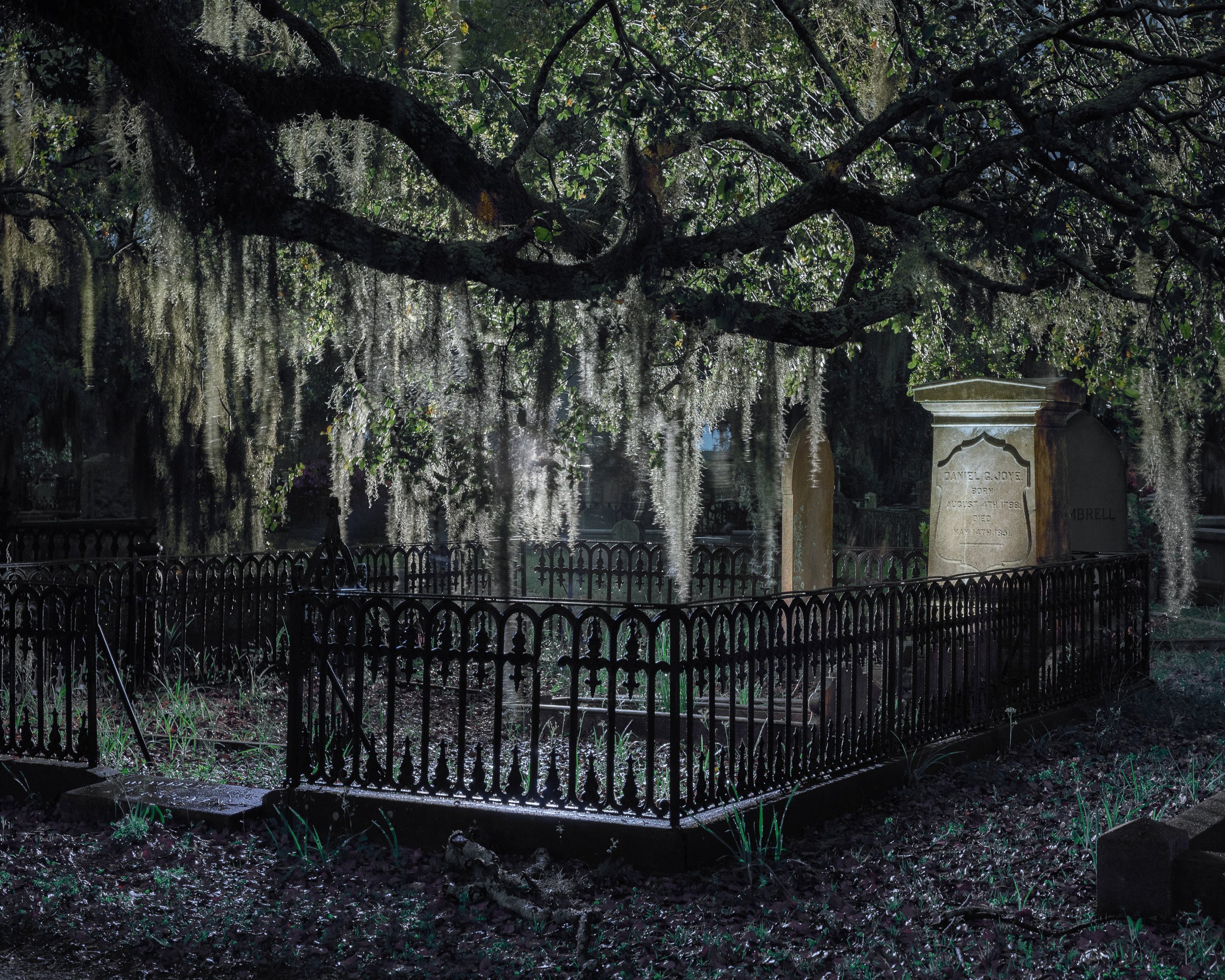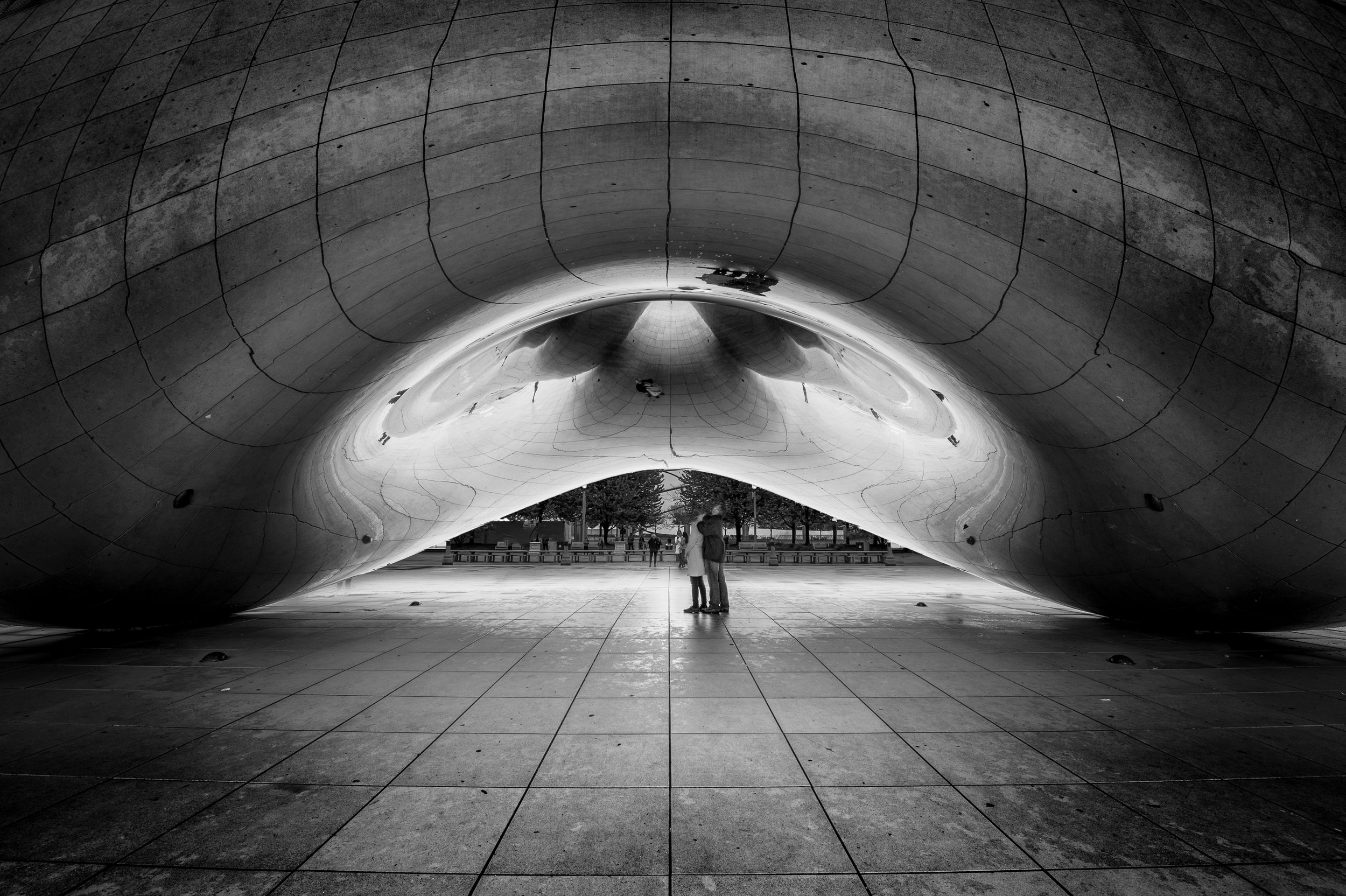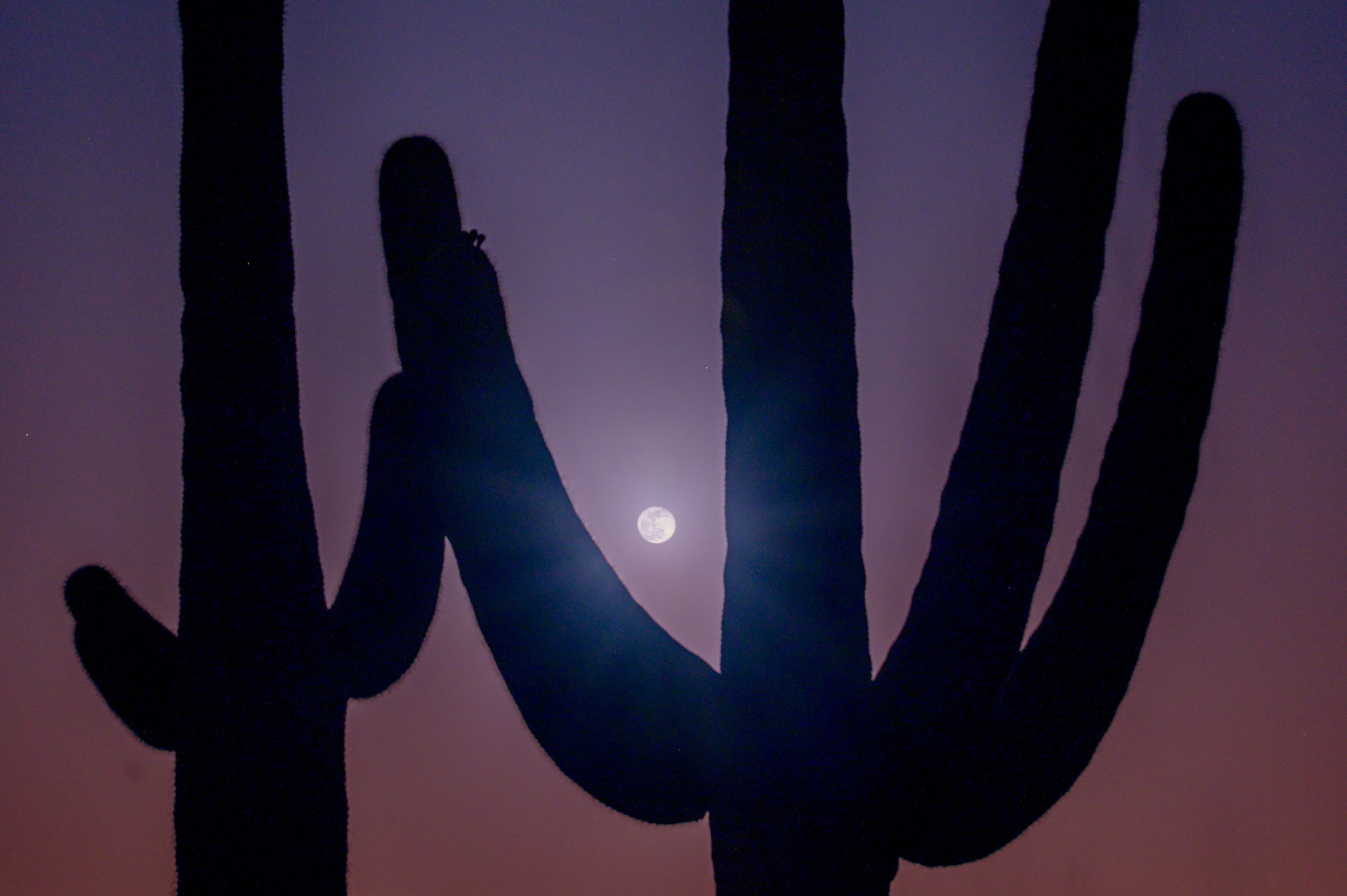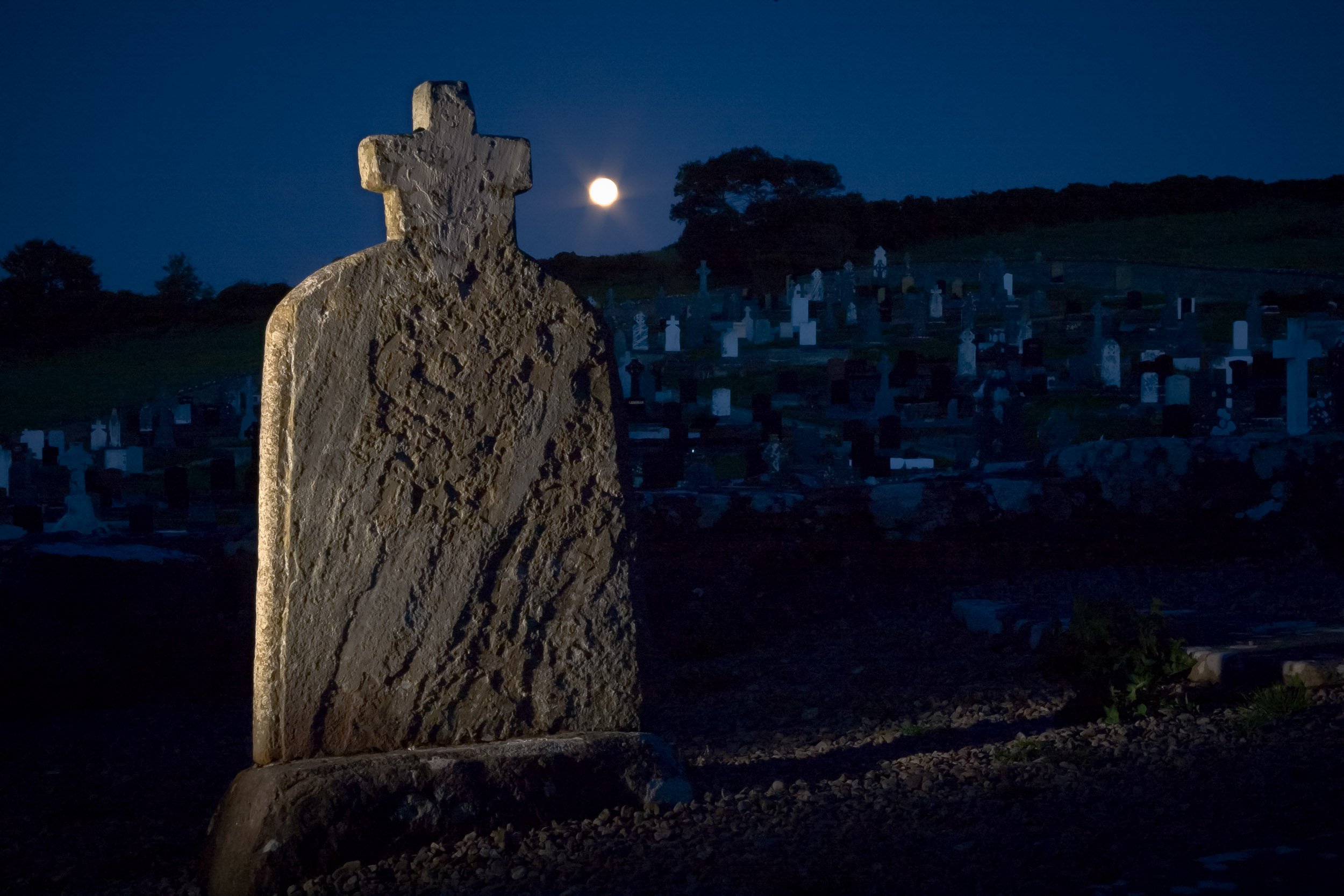Here we are again. Another year almost over, another season of thanks and joy upon us.
Along with the season of greetings comes the season of giving, and as we have every year since 2016, we’re here to help with ideas for the night photographer in your life.
We try to mix and match—some things photography, some things national parks; some things serious, some things fun; some things lofty, some things modest. Over 35 products carefully curated for you and yours. There should be something here for every night photographer on your list.
This is our gift to you: to help you find something special for someone special. Your gift to us? You’ve already given it. Thank you for being you, and for being here.
In addition to the blog post below, we’re also providing this gift guide as a free downloadable PDF e-book, so you can read it and reference it on any device, anytime, anywhere. Inside you’ll find products from major brands such as B&H Photo, BenQ, Bay Photo and Vallerret, along with great little finds from smaller companies and startups.
In addition to the product information, the e-book version includes a lot more photos, as well as special discount codes and offers.
Download your copy today by clicking here:
Note: If you decide to purchase any of the items in this gift guide, please consider using the links included, as many generate a small commission that helps us improve the National Parks at Night workshop program.
Acratech
Panoramic Head
Love shooting Milky Way panos? Acratech is here to help! Their Panoramic Head facilitates shooting single- or multi-row panos. It has large-numbered degree scales on both the base and the tilt axis so you can make precise movements between panels. Moreover, the head weighs less than 1 pound and supports over 25 pounds of a camera-lens combo.
Special offer: 10 percent off all Acratech Panoramic Head variants at B&H Photo with promo code “NPANGIFT22.” Valid through December 19, 2022.
Adonit
PD-3A2C Universal World Travel Adapter
We learned about the compact and lightweight PD-3A2C Universal World Travel Adapter from a workshop attendee, and now we always carry one. It’s an ideal all-in-one replacement for most of your individual chargers, featuring two USB-C and three USB-A ports, plus pass-through AC for your laptop. Pairs perfectly with modern multi-voltage power supplies in over 150 countries.
Apple
AirTag
Did the airlines lose your luggage on your last trip? Regrettably this became a common refrain among travelers this year. Several of us at National Parks have been using the Apple AirTags to keep track of our bags during recent flights, and we love them. Using a unique network of connected Bluetooth devices, AirTags can help you locate your luggage when the airlines can’t or won’t. Buy a four pack and use the extras for your keys, backpacks, etc.
B&H Photo
Gift Card
If you don’t know what to give the photographer in your life, then give the gift of choice from the world’s best camera store, B&H Photo. With a gift card they can pick any camera, lens, computer or whatever they desire, and will have you to hug and thank for it.
Bay Photo
Wall Display
A photograph isn’t truly complete until it’s been printed, and we love the prints from Bay Photo Lab. Get the photographer in your life their favorite image printed for their wall. Choose from a plethora of wall display print surfaces, including metal, canvas, acrylic, wood, paper and more.
Special offer: 20 percent off one order of select wall display prints from Bay Photo Lab with promo code “NPAN22.” Valid until December 13, 2022.
BenQ
SW321C
For a real Wow Factor in the home office or editing studio, not to mention a super-resolution display for viewing hard-won images, the BenQ SW321C can’t be beat. Its 32-inch size gives lots of real estate for examining and editing photos, and it comes complete with all the advantages of all BenQ photo monitors: 99 percent of the Adobe RGB color gamut, 10-bit support for 1.07 billion colors, crystal-clear rendering of image pixels and more.
Special offer: $100 off the BenQ SW321C at B&H Photo with promo code “NPANGIFT22.” Valid through December 19, 2022.
Big & Little Parks
Night Stickers
Sticker culture is alive and well, as is astro-tourism, and Big & Little Parks is celebrating the junction of the two with a variety of night-sky national park stickers. Decorate your water bottle, your laptop, your whatever with a beautiful sticker of Canyonlands, Death Valley, Joshua Tree or others.
Books
NPAN bookshelf
Does the photographer in your life relish great photography books? In addition to the few specific tomes and monographs mentioned in this guide, the National Parks at Night Bookshelf catalogs over 100 of our instructors’ favorite volumes. Explore titles related to instruction, travel, photography history, photography collections and more. You’re sure to find a book for anyone who loves the art.
Bug Bite Thing
Venom Extractor
Traveling to natural spaces is an amazing experience, but has a notable downside: potential bug bites and stings. To treat them, we’re loving this new product: the Bug Bite Thing! Brought to our attention by one of our regular workshop attendees, it’s become a staple in our bags. Bit by a mosquito? Stung by a bee? This lightweight, easily stowable gadget uses suction to remove the venom from the skin, reducing itchiness and quickening the healing process.
Calibrite
ColorChecker Passport Duo
For those who shoot both video and photography, night and day, Calibrite offers the new ColorChecker Passport Duo. This awesome protective clamshell houses four panels for photographers capturing on-site camera calibration profiles, white balance, proper exposure and color for video. For landscape photographers, these tools can ensure a consistent and neutral workflow that leaves room for more creativity and less frustration.
Coast Portland
G20 Inspection Beam
Night photographers need good flashlights, and not just high-powered ones for light painting. We also need gentler tools for looking into our bag and seeing or way in the dark without ruining our night vision or washing out a neighboring photographer’s long exposure. Enter Coast Portland’s G20 flashlight, which focuses a relatively dim and cool light that’s perfectly discreet.
Duduho
Galaxy Apron
For the night photographer who’s also an artist in the kitchen, what better way to keep clothes clean than an apron donned with the Milky Way? The unisex Galaxy Apron is made of high-quality waterproof fabric with adjustable neck and waist straps. It’s a necessity for making a dinner that’s out of this world.
DxO
PureRAW
Night photography is all about pushing the limits of our cameras, and one of the side effects is high ISO noise. While some post-processing techniques can reduce the effect, none eliminate it. But PureRAW is different. This software from DxO employs what they call “pre-processing” raw files to remove noise before working on photos in Lightroom, Photoshop or other editing solutions. This technology is nothing short of disruptive—it will change how night photographers approach noise, allowing for highly improved night images.
Everglades Seasoning
Dry Rub
We found this Everglades Seasoning right outside one of our favorite national parks: aptly, Everglades, during a workshop no less. The Cactus Dust flavor has found a regular spot on our homemade chicken wings, but all of them are worth a rub onto any chicken, steak or fish. Taste the unique flavors while dreaming of long winter nights in the swamps and marshes of Florida’s famous park.
Getaway
Cabin Adventures
Getaway maintains a network of natural-space cabins around the U.S., all within 2 hours of major cities, but far out into dark-sky areas. The Cabin Adventures cabins feature all you need to get by, plus outdoor amenities such as a fire pit. But the coolest feature of all? The to-the-ceiling plate glass bedroom windows that allow you to gaze at nature and the stars as you fall asleep.
Irix
45mm f/1.4 Dragonfly
Irix keeps delivering the innovation we’ve come to expect. One of the more recent additions to their lineup of lenses is the supersharp 45mm f/1.4 Dragonfly. Its near-normal focal length is perfect for filling the background with the Milky Way, and the lens is almost coma-free even when shot wide open.
Special offer: $115 off the Irix 45mm f/1.4 Dragonfly at B&H Photo through November 28, 2022.
Ken Lee
Music Album
Ken Lee is an amazing night photographer based in California, and the author of two (and counting) night photography books. He also writes and records music—“trippy otherworldly music,” in his words— under the artist name Eleven Shadows and The Mercury Seven. His music has been featured on various MTV programs, the BBC, NPR, XM Radio and more. Eleven Shadows’ most recent release is The Seahorse in the Center of Your Mind, available for purchase and download. Perfect background music for night photography and editing.
LaCie
Rugged SSD PRO
For the hardcore approach to a sturdy travel hard drive, look at the Rugged SSD Pro. Holding from .5 to 4 TB, this Thunderbolt 3 External SSD offers data transfer speeds of up to 2800 MB/s. It features a durable exterior with 2 tons of crush resistance and resistance to dust and water. Serious speed, serious capacity, for the serious road-warrior photographer.
Special offer: $30 to $350 off the LaCie Rugged SSD Pro at B&H Photo through the end of 2022.
Ledlenser
P2R Work Flashlight
Ledlenser’s Work series of flashlights are uniquely suited for night photography due to their high CRI (color rendering index) and relatively warm white balance. Several of us have made the P2R Work our go-to light both for lighting and navigation due to its versatility and compact size. It is rechargeable, has three power settings, and conveniently comes on at a 15-lumen Low setting that is perfect for astro-landscape environments.
Light Painting Brushes
Holographic Sword
At 2 feet long, the Holographic Sword enables a light-writing photographer to create unlimited effects in the background or foreground. Blacked out on the side, and capable of showing all the colors of the rainbow from the front, the sword gives complete creative control to its wielder. Paired with the Universal Connector, it can be used with hundreds of different flashlights on the market.
Luxli
Fiddle Pocket LED 2-Light Kit
Since the day they were launched in 2017, we’ve been among the biggest fans and supporters of Luxli’s unparalleled line of LED panels, and we use them even more than we preach them. So we worked with B&H Photo to create a kit of the tools that we most often use together, dubbed the Fiddle Pocket LED 2-Light Kit. It includes two each of the Luxli Fiddle, magnetic honeycomb grid, Manfrotto Carbon Fiber Nanopole Stand and Oben BD-02 Mini Ball Head, and one magnetic diffuser hood. Everything you need to begin and master Low-level Landscape Lighting.
Special offer: 10 percent off the Fiddle Pocket LED 2-Light Kit at B&H Photo with promo code “NPANGIFT22.” Valid through December 19, 2022.
Manfrotto
ProCUBE Professional Twin Charger
Double-charge your batteries! Manfrotto’s ProCube will get a photographer out shooting again faster, charging two batteries simultaneously. An LCD shows how much each battery has been replenished, as well as a battery health check. The unit can also power up rechargeable AA batteries, and has a USB output for charging phones and tablets. Options available to recharge various models of Nikon, Canon and Sony batteries.
Special offer: 10 percent off the Manfrotto ProCube at B&H Photo with promo code “NPANGIFT22.” Valid through December 19, 2022.
Move-Shoot-Move
MAK 90 Telescope
For the photographer who wants to study or shoot celestial objects, Move-Shoot-Move’s MAK 90 telescope is a great beginner’s tool. Its 1250mm focal length with a compact body is achieved with catadioptric mirrors and allows for narrow field observation at a fraction of the cost, length and weight of refractor (glass-lens) telescopes.
National Park Service
America the Beautiful Pass
National parks are the backbone of what we do, and are among the very best places in the U.S. for night photography. For only $80 you can purchase the America the Beautiful annual park pass, which grants access to more than 2,000 recreation areas managed by five federal agencies. Moreover, the proceeds are used to improve and enhance visitor recreation services at these sites all across the country.
National Parks at Night
Night Photography Adventure Tours
Send the photographer in your life on the adventure of a lifetime, crafting images under the night skies of some amazing destinations. Tickets are available for several National Parks at Night adventures:
Lofoten Islands (March 17-25, 2023)
Virgin Islands National Park (November 27-December 3, 2023)
Iceland: Snaefellsnes (August 25-September 1, 2024)
Iceland: Westfjords (September 7-14, 2024)
Or if none of those sound like the perfect gift, then how about Online Tutoring?
Books by Our Instructors
Looking for some national park and night photography inspiration and education that you can always have at your fingertips? Choose from one of four books written by members of the NPAN team!
Photographing National Parks by Chris Nicholson is a portable and concise look at each of our national parks and how to best capture them. Includes best locations, times and great info on each park to help you plan your next adventure.
Have someone new to the night? Gabriel Biderman and Tim Cooper’s book Night Photography: From Snapshots to Great Shots (now in its third printing) is an introduction to nocturnal photography, and it inspires you to get out there and seize the night!
Want an even deeper dive into the night? Lance Keimig’s book Night Photography and Light Painting: Finding Your Way in the Dark has long been the ultimate tome for those interested in immersing themselves in the genre. The latest edition has an amazing chapter on the history of light painting and does an excellent job of balancing theory, history and enthusiasm for taking your night visions to the next level.
Light painting is the most creative expression in night photography, and Tim Cooper’s ebook The Magic of Light Painting is a detailed exploration of all the illuminating possibilities that can happen when we practice the craft.
Nightscaper Photo Conference
Conference Ticket
What more could a night photographer want than to spend a few days under the beautifully dark night skies of Kanab, Utah, rubbing elbows with and shooting alongside like-minded individuals? A ticket to the Nightscaper Photo Conference is a ticket to coming together with some of the most passionate minds in the niche. Four days and nights together, learning and shooting among the stars. May 18-21, 2023.
Special offer: Limited number of early-bird tickets remain.
Noso Patches
Nylon Repair Patches
We love our national parks! And getting out and playing in them sometimes takes a toll on our nylon clothing. The folks over at Noso have created a solution: a line of waterproof, durable, lightweight and flexible no-sew Nylon Repair Patches. Simply peel off the backing, cover the damaged area and hit the patch with a blast from a hair dryer. Voila, the repair is done! Best of all they have a whole line of national park patches in addition to their standard and artist series versions.
Novoflex
TrioBalance 4-Section Carbon Fiber Compact Tripod
Nice and tall at 50.2 inches, the TrioBalance is an ideal travel tripod. The built-in leveling ball makes setup a breeze for panorama and tracking, and can even be used in place of a ball head. The kit includes mini legs, which can be used for tabletop photography, for macro or even for setting up against a wall when space is tight. Holding up to 22 pounds, it’s ready for nearly anything you carry.
Special offer: 5 percent off the Novoflex Triobalance at B&H Photo with promo code “NPANGIFT22.” Valid November 28 to December 19, 2022.
Outdoor Exposure
TK8 Photoshop Plugin
Most photographers have heard of a luminosity mask, and many know the power of it. But few wield that power because … well, it’s just a tad tedious. Until you start using the TK8 Photoshop Plugin, which automates much of the process. Instead of spending a lot of time isolating channels to make selections, just click a button, refine a little, and you’re on your way to those powerful edits.
Special offer: 25 percent off the TK8 Photoshop Plugin at Outdoor Exposure through November 28, 2022.
Paka
The Hoodie
Yep, those long nights can sometimes get cold, but we have so many options to keep us warm. Near the top of that pile is The Hoodie from Paka. Sourced from women artisans in Peru, this comfortable sweater is as warm as it is stylish. Soft, durable and flexible, it’s made from a weave of alpaca fibers, organic cotton and recycled nylon. Available in seven sizes and three colors.
Parks Project
Insulated Water Bottle
Parks Project has all sorts of cool stuff, but one thing we love is their All Our National Parks insulated water bottle. It has a slick, eye-catching design indicative of the company’s free-spirit sentimentality. Made of professional grade stainless steel, the bottle’s double-wall vacuum insulation keeps 32 ounces of liquid either hot or cold for up to 24 hours. The company donates a portion of their profit to projects in the parks—to date, over $2.5 million—so your gift purchase gives in more ways than one.
PhotoPills
Scouting App
Give your photographer loved one the sun and the moon and the stars—all exactly where they want them. PhotoPills enables locating any visible objects in the heavens and determining exactly where and when they’ll be in the sky in any location on the globe. It does more too, from helping determine star-point exposures to calculating hyperfocal distance to figuring overlap angles for panos and more.
Pure Zen Tea
Travel Tumbler
Tea is a refined, millennia-old beverage that will keep a photographer both warm and awake under the stars. But if one is the type who prefers loose leaf to bags, making a good cup on the road can be a challenge. The Pure Zen Tea Tumbler overcomes that challenge brilliantly. The screw-on steel infuser allows ample room for quality brewing, and the BPA-free double-wall glass combined with the neoprene sleeve will keep that tea hot for an hour.
Shimoda
Explore v2 35 Backpack Photo Starter Kit
The super-rugged Explore v2 35 backpack is laid out smartly for the traveling photographer and it boasts the most comfortable harness system we’ve encountered for heavy loads and long hikes. Its adjustable shoulder harness straps make it fit perfectly for folks of different heights, and the accessory straps do the same for different body types. This kit includes a Medium DSLR Core Unit Version 2 insert, but you can also choose among the many accessory options to match load-outs. Carry-on compatible for both U.S. and international flights.
Special offer: 5 percent off all Shimoda Explore V2 variants at B&H Photo with promo code “NPANGIFT22.” Valid November 28 to December 19, 2022.
Space Art Travel Bureau
Half the Park is After Dark Posters
Tyler Nordgren is an astronomer, night photographer and astronomy artist based in upstate New York. One of his claims to fame is the famous “Half the Park is After Dark” series of promotions for the National Park Service. The fantastical posters from that series are available on Nordgren’s website. Options range far and wide, from posters for Acadia, Badlands, Carlsbad Caverns, Everglades and much, much more.
Syrp
Magic Carpet Carbon Slider
For those who want to level up their time-lapses of the night sky, a slider is one of the first items to add to the kit. Syrp weighs in with the Magic Carpet Carbon Slider. Its lightweight construction and design make it a pro-level option that’s easy to travel with, and its seamless joints allow for silky-smooth and stable movements.
Special offer: $170 off the Syrp Magic Carpet Carbon Slider at B&H Photo for a limited time.
Tether Tools
ONsite USB-C 30W Battery Pack
Stay powered up while traveling! Weighing in at 4.2 ounces and boasting full TSA compliance, the ONsite USB-C 30W Battery Pack is the perfect companion for the globetrotting photographer who needs to recharge phones, tablets, flashlights, etc., on long wanders.
Special offer: 20 percent off the ONsite USB-C 30w Battery Pack at B&H Photo through November 28, 2022.
Unemployed Philosophers Guild
Constellation Mug
This fun and nifty 10-ounce mug features a bunch of stars when cold, then reveals constellations when filled with a hot beverage. See Cassiopeia, Perseus, Sagittarius and more appear before your eyes while you drink a morning (or overnight?) coffee.
Vallerret
Merino Wool Zip Jersey
We’ve long loved Vallerret for keeping our hands warm on cold nights with their photography gloves. Now they’re keeping our cores warm too, in the form of their Merino Wool Zip Jersey. Warm, soft, flexible, odor-resistant and durable, it will keep a photographer out longer, making more art well into the night. Comes in one color: the perfect Midnight Black.
Wotobeus
Car Charger Adapter
If you travel with a hefty-battery laptop like the MacBook Pro, you sometimes need to charge on the go—and that sometimes means in the car. Not all adapters can handle the high wattage needed, so we found one that can, via USB-C: the Wotobeus Car Charger Adapter. Works with other devices too, including many PC laptops, tablets and more.
YES Watch
WorldWatch V7
An elegant timepiece with a photographer’s needs at heart. The WorldWatch V7 keeps its wearer in sync with the daily, monthly and seasonal cycles of the sun and the moon, including solstices and equinoxes, sunsets and sunrises, moonrises and moonsets, moon phases and illumination percentages, and more. The case and bracelet are made from titanium and fitted with a sapphire crystal, and the watch is water resistant to a depth of 100 meters.
Special offer: 20 percent off the WorldWatch V7 at YES Watch with promo code “NOW.” Valid through the 2022 holiday season.
Note: Remember, this gift guide is also available as a free downloadable PDF, with lots more photos and a ton of discount codes. Download yours today by clicking the image above.


















































